CONTENTS
Travel Light In 2025 - Simple Yet Life-Changing Tips
Most of us tend to overpack when getting ready for a trip. We know how tempting it is to squeeze the entire home into the luggage, as this gives us a feeling of security. Yet, if you already arrived here, it's probably that you want to grab the basics to travel light.
Deciding what to pack in carry-on and travelling light are all about seeking comfort somewhere far away from home without letting excess stuff weigh you down. This usually means you will travel with a carry-on only, with wiser choices of what you should take and what you don't.
Once you have mastered the art of travelling light, you won't have to worry about extra fees for overweight bags at the airport. Less stuff in your luggage gives you more freedom and mobility when hopping between planes, trains, and buses.
15 Tips For Travelling Light
Whether you're hopping on a budget flight without checked baggage or simply aiming to travel more sustainably, mastering the art of minimalist travel can transform your experience. Here are essential packing tips to help you travel lighter, smarter, and more freely.
1. Go One Bag
One bagging lets you see the world in a new light.
One suitcase and one day bag is what most would recommend for a light trip. That’s a great way of travelling light. However, have you ever thought about travelling with one bag only? Check-in fees, delayed or lost luggage, and cucumbersome loads will become a thing of the past.
This approach allows you to move freely and explore destinations with ease and hands-free. You can breeze through the airports and public transportation, take last-minute detours, hop on unexpected buses, or take day trips without worrying about luggage logistics.
Pro tips: Consider expedited programs such as Clear if you want to spend less time at the airport and more time for travelling.
2. Your Choice of Material Matters

Merino wool is the best choice for your base layer, all year round. Photo By Ruta Gudeliene on Unsplash
Invest in a few well-made, versatile clothing items that will last. This is more sustainable and reduces the need to pack a lot of "just in case" options.
Choose lightweight and quick-drying synthetic fabrics. If your clothes dry quickly between washes, this means you can have more outfits available to choose from.
Meanwhile, lightweight material won't weigh you down. Also, you should choose wrinkle-resistant fabrics. There's no breaking out the iron to straighten your clothes when unpacking the luggage.
Merino wool is unbeatable when it comes to the best travel fabric. The material will keep you cool in the summer and warm in the winter. Merino wool is also wrinkle-resistant, breathable, and odour-resistant, making it ideal for travelling. The only catch is the material is a bit expensive.
Synthetic performance fabrics also do a good job of wicking sweat, if you want to add more items without spending a lot of money.
3. Learn The Art Of Layering

Layering helps you feel comfortable no matter where you are. Photo By Khamkhor on Unsplash
If you're a seasoned backpacker, you already know layering clothes works amazingly with different types of weather.
Layering is also the key if you want to travel light. This way, whether you are heading to the beaches or backpacking your way through a snowy trek, you will worry less about protecting yourself from the weather.
Winter might call for heavier stuff to keep your body warm. If you travel in cold seasons, it's worth using merino wool as a base layer. It can be a short or long shirt made of the material.
Then, add a light sweater on top of it, and another outer layer of puffer coat or a jacket, and put on your gloves, and wool hats. That’s enough to survive the temperate cold.
When the weather gets hot, it’s easy to take off one or two outer layers. This way of layering will give you more flexibility when travelling across multiple climate zones.
4. Prioritise Items With Multiple Purposes

With wise choice, a piece of clothing can multitask. Photo By Cavan for Adobe on Adobe
Multi-functional clothing and items are another key to minimalist packing. If you’re sitting between a raincoat and a poncho, go for the latter. Not only ponchos will give you more coverage, but they can also double as a backpack cover, a groundsheet or a tarp.
For ladies travellers out there, try travelling with a sarong next time instead of towels. There are multiple ways to wear a sarong as a dress. But did you know it can also be a great beach towel or headscarf whenever you want?
If you're not particularly picky about toiletries, let us tell you there are such things called multipurpose soap. It can be a body wash, handwash, shampoo, and face wash in one. Every toiletries you can think of may have a multi-purpose version somewhere.
5. Have Your Customised Packing List

Have a packing list to cross things off as you load your luggage. Photo Liza Summer By on Pexels
Packing lists on the web are useful for you to get started. But let's be honest, they're normally too long, so you will unavoidably overpack if you follow them to the letter.
Instead, use these sources for inspiration and narrow down to what works for you. We know that it might be tempting to throw half of your closet into your backpack, as it gives you more security. Yet, this only weighs you down and adds up to hefty fines for the airlines.
Furthermore, try to refine your personal packing list after every trip. See what you barely used and set them aside. Items you used regularly throughout the journey are keepers for future packing lists. If you encountered situations where you wished you had a specific item, add it to your list.
CabinZero tips: Beside the good ol’ pen and paper, there are many mobile apps that can streamline your packing list, give them a try.
6. Next, Try to Bring Half of Your Packing List

Try to switch from “what if I need this?” to “what’s the worst that could happen without this item?”. IG: @deddyhuang
When venturing into an unfamiliar place, we easily turn on our survival mode. This means that we might think about the worst-case scenario. What if I'm stranded in the middle of the hike? What if I'm getting blisters from my shoes? This will drive you straight to overpacking.
As a golden rule, cut half of the items on your packing list, and bring the “most essentials” only. We can't stress this enough. If you need anything during your trip, remember you can always rent or buy it.
7. Weigh Your Luggage

Weigh your backpack with a luggage scale before heading to the airport
It's easier to go over the weight limits of your airliners if you don’t know how much you’ve already packed. Therefore, throw your bags onto the scale and check the figure. This helps you avoid surprise upcharges at the airport.
Plus, weighing your luggage also makes you prioritise the lighter items, for the sake of your back. If you're in for a thru-hike in the backcountry, your loaded pack shouldn't weigh more than 20% of your body. It's simple maths: if you weigh around 150 pounds, your backpack should be less than 30 pounds.
Rent Gear Locally Or Ship Yours To The Destination

You can save some space and a few pounds by renting gear at your destination. IG: @alessandrosimon
Renting specialised sports items, like skiing or scuba diving gear, sometimes makes great sense. They're normally cumbersome to pack and carry on the plane. Airliners also have strict weight and size allowances in place, which means you have to ship them as cargo sometimes.
For long-distance hikes, consider renting camping gear, sleeping bags, tents, or even hiking poles. This is especially true if you’re a beginner and cannot stretch the budget to cover all the gear. You also have fewer things to worry about when packing.
8. Plan For Some Souvenirs
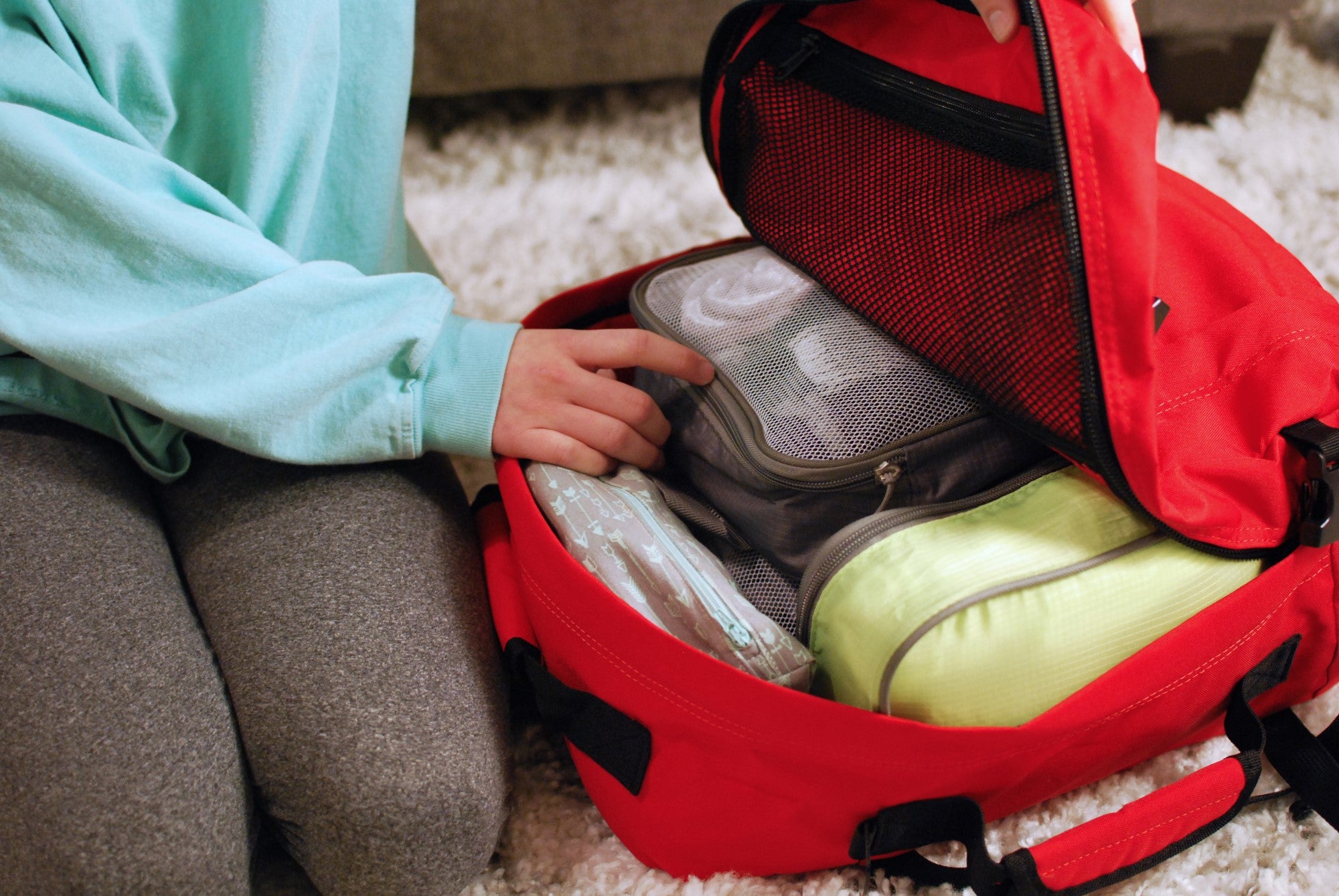
Bringing home souvenirs is the true joy of visiting a new place. IG: @mbusyliving_esibitzky_
Leave some room for your souvenirs and holiday keepsakes, too. The general rule is to never pack your luggage to its full capacity. Instead, you should leave out ¼ of the bag empty for some gifts and souvenirs. You can also bring a lightweight, collapsible bag to pack your souvenirs home.
Going overboard when shopping and struggling to fit too many gifts into your carry-on? Consider shipping them home instead. After all, lugging around heavy luggage and dealing with complex customs are not how we want to end a trip.
9. Use Packing Organisers
Packing cubes are serious game changers for chronic over-packers.
We love packing cubes. Not only do these organisers help to maximise the space, but they also help you stay organised and keep everything in check. These cubes also keep dirty clothes away from the clean ones. And there also won't be fumbling to find your stuff anymore. Depending on your preferences, you can pack clothes in each cube by day or pack each cube according to the type of clothing.
10. Wear The Bulkiest Items

Wear the bulkiest items during transit. Photo credit: Kasia K
Here's the simplest rule: If it's bulky or heavy, wear it on the plane. When layering everything in front of your eyes and ready to stuff, put the bulkiest aside. We always suggest wearing jackets, bulky tops, and booties on the flight. This helps save plenty of precious room for other pieces of clothes and gear in the suitcase.
11. Plan For A Week Of Clothes

You can look fabulous every day of your trip without the extra baggage. Photo by Shopping King Louie - stock.adobe.com
No matter how long your trip is, only pack for a week’s worth of clothes. If you pack more, chances are your belongings will weigh you down. Plus, this approach ensures you have at least one outfit every day. You are saving both space and time as you don’t have to think of what to wear every morning.
The key here is choosing versatile pieces that can be mixed and matched to create different looks. Want to go from exploring the city during the day to a fancy dinner at night without having to change your entire outfit? Pack a versatile dress or a pair of trousers that can be dressed up with a nice top and accessories. Voila! Instant evening look without the extra baggage.
12. Plan To Do Laundry

Wash your clothes on a long trip to avoid overpacking. Photo by taoty - stock.adobe.com
If you go on a long trip, let's be prepared to do some laundry. It's hard and cumbersome to carry over seven days' worth of clothes, especially when you're moving a lot.
In addition, that amount of clothes is enough if you know a bit of mixing and matching to refresh your look. Even when you repeat wearing the same outfit combination, you usually go unnoticed on the road.
What if there’s no laundromat at your destination or the hotel you’re staying at? You can opt for travel-sized laundry detergent and a travel wash bag, handy travel accessories that allow you to handwash clothes anywhere. You can also use hotel shampoo and sink in a pinch.
13. Pack A Capsule Wardrobe

Pack a wardrobe with outfits that you can mix and match easily. Photo by July P - stock.adobe.com
If you want to travel light, bring a capsule wardrobe. Never bring a top just because it only perfectly matches one bottom. We recommend only bringing a top that you think you can mix it up with more than one bottom. This will create more outfit layouts to refresh your look on a long trip.
Use the colour palette to create more outfits for your on-the-go wardrobe. We love to start with a base colour, normally a neutral one like black, grey, white or beige, and build your wardrobe from it.
Accent pieces, like buff neckwear or bandanas, will bring wild patterns and bright hues to your overall look. You can pack many of them, as they won't take up much space in your backpack.
Pro tip: Jeans are not for light travel, to be honest. They weigh as much twice as travel pants and also take much longer to dry. So, ideally, you should leave your favourite denim at home.
14. Master the Art of Rolling
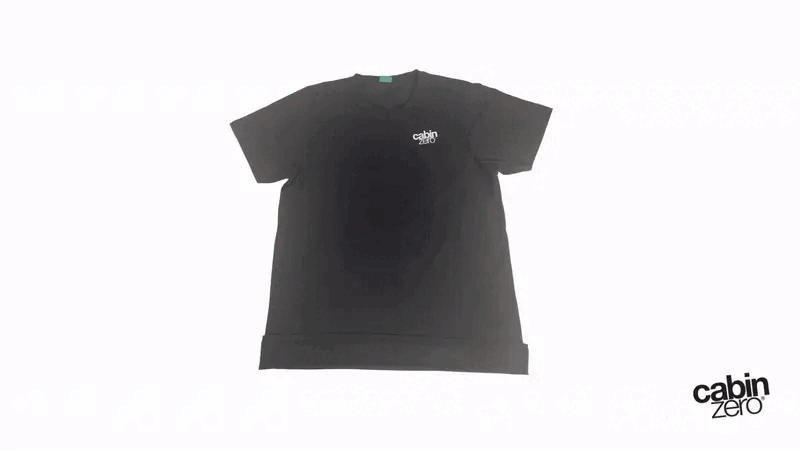
Adopting the rolling method for packing helps you travel light.
You can save more space with rolling than with flat folding. Rolled clothes allow you to pack more in your suitcase or backpack than folded ones. The method also leaves you with fewer wrinkles and creases.
After rolling your clothes, you can organise them into packing cubes can add an extra layer of compression and organisation. For ease of dressing, consider rolling complete outfits together. This way, you don’t have to search through your bag for matching items.
15. Focus On Experience Instead Of Things
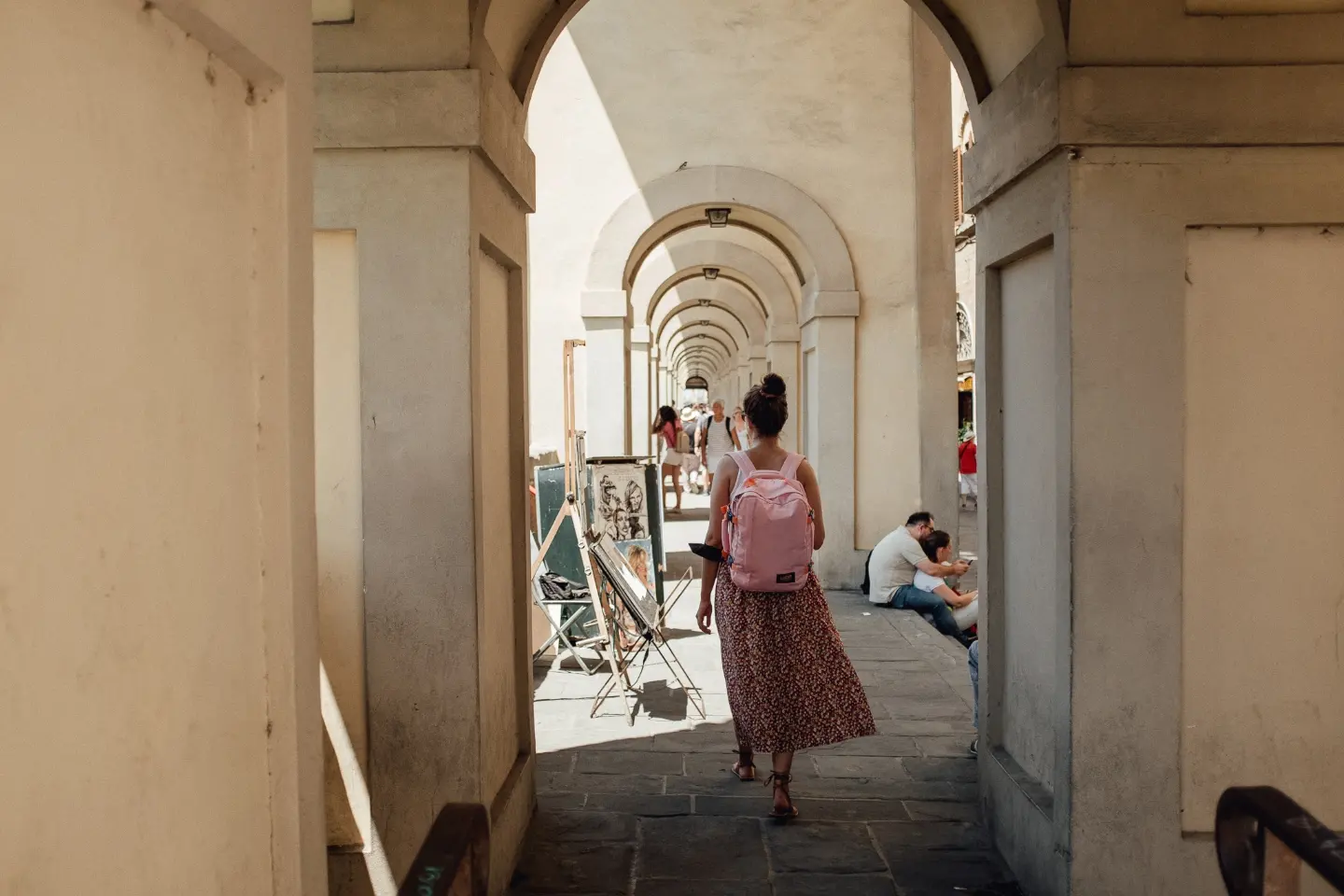
Your packing list is a means to an end; not the end itself. IG: Alexandra M
Travelling is beautiful and one of the best things you can do for yourself. The best souvenirs are memories, not extra baggage. Free yourself from the burden of "things" and focus on exploring new places, trying new foods, and making unforgettable experiences.
What Do You Need To Travel Light?
Another secret to minimalist travelling is to be mindful of what you pack. Sure, there’s no cardinal rule that requires you to leave your favourite outfit at home just because it takes some more space. But with some thoughtful consideration, you can still travel light while rocking a killer outfit.
Underwear
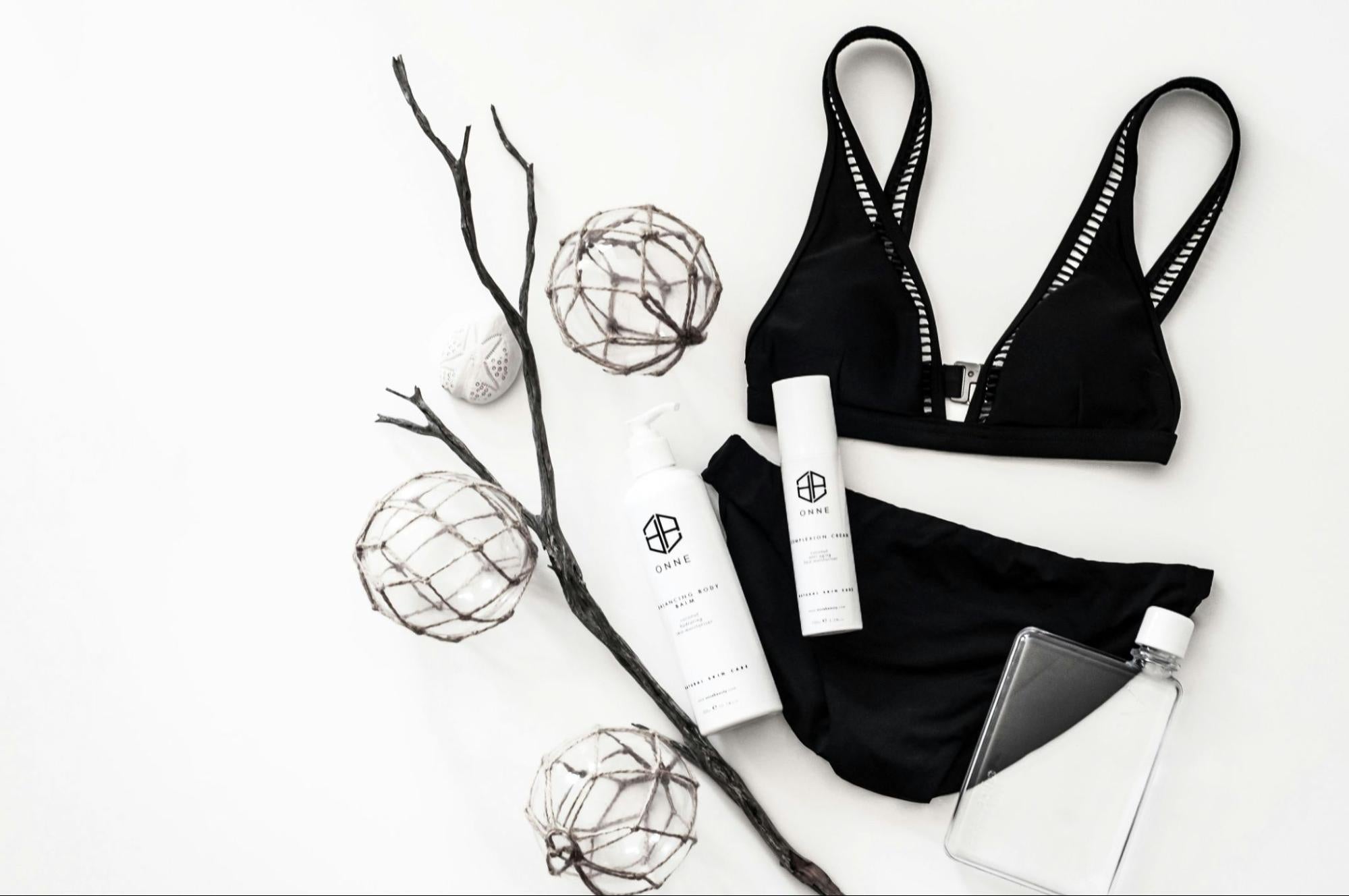
When it comes to underwear, avoid overpacking and underpacking. Photo By ONNE Beauty on Unsplash
An over-packers can bring up to 18 pairs of underwear for their 2-week trips, but this is too much. On the other spectrum, there are also the minimalists who pack 3 pairs, 1 to wear, 1 to dry, and 1 to wash.
We love to strike the sweet spot and stop at 7 pairs of underwear. This means you can regularly have clean underwear while not wasting much space in the backpack.
Footwear

If chosen wisely, 3 pairs of shoes or fewer are enough to explore the world. IG: @andicomia
Shoes are among the most difficult items to pack. They're oddly shaped, and can’t be rolled or folded to save some space as you would with clothes.
For a 10-day trip, for example, you can get by with 2 pairs of shoes. If you travel longer than this, you can add one extra pair. Never pack more than 3 pairs of shoes, as the space they take isn’t worth what they offer.
Again, choose a really great pair of shoes, your feet will thank you later. This is especially true if you travel to Europe as you are likely to “out every day walking on cobbles, climbing ruined castles, etc.,” as Rick Steves put it.
Depending on what’s on your itinerary, here are what to pack for a trip:
- A pair for most occasions: Choose a pair of shoes you’re comfortable with to explore the city, visit temples, and go out for dinner.
- A pair for a higher level of exertion: If you venture into the backcountry, you’ll need reliable footwear to meet your needs. This can be a pair of running shoes that are usually ideal for walking, hiking and running.
- A pair of flip flops or sandals (optional): They’re for wandering along the shorelines strolling for a sunset, or simply matching your favourite dress. This footwear is normally lightweight and flat, so feel free to add them if you can afford the space.
As for socks, it’s n
Toiletries

If you want to travel light, let's forget about the luxury of choice when packing toiletries. Even when you can't live without some of your favourite toiletries, let's just pack them in sample or travel size.
Full-size bottles are too bulky, and you can’t take more than 100ml of liquid in your carry-on anyway (yes, you can bring them in your checked bag but we doubt you will use them all during your 2-week travel).
Otherwise, most hotels have almost anything you’ll need. This means that you can leave your deodorant, toothpaste, body wash, shampoo, conditioner, and hand soap at home. Even when budget hostels don’t offer, you can get an excuse to shop around local markets and department stores.
Solid toiletries are a game changer when it comes to packing light. They’re especially helpful if you plan to fly with carry-on only, as there’s no need to think about TSA’s liquid allowances. They’re also mess-free, so you won’t have to deal with any spilling during transit.
Try swapping to a soap bar, solid conditioner, shampoo or even deodorant on your next trip, and see how much space you can save.
Electronics

If you're not travelling for work, don't bring your laptop along
Like with packing clothes, we love to take electronics that can do multiple jobs. Unless you’re on a business trip, leave your laptop at home (yes, you can bring it on board). It takes up too much precious space, and it's also stressful to fear that it gets stolen.
Try to digitalise your entertainment. Smartphones can do most things like a laptop but with a smaller footprint. If you read, try swapping books with Kindle, as you can get more titles with a single device. Use travel apps and and digital maps to replace your guide books or physical maps.
Also, forget about the iPod, and transfer your music to the smartphone. If you’re thinking the gadget won't take much room, remember that it needs cords and chargers as well. Again, it's all about space-saving.
Anything else should travel light with you? A battery bank is a must to fuel up your devices when you're on the go. You'll also need a versatile adapter, to plug in your dead gadgets in the hotel or cafes.
Medication

Even if you're a bare minimum backpacker, don't skimp on a first aid kit. Painkillers, anti-mozzie spray, bandaids, self-adhesive wrap, etc. are all must-have items for your trip.
If you need to take medication, only bring prescription drugs. Unless you're in the middle of nowhere in a secluded mountain, it's easy to get non-prescription medication in almost any pharmacy in any country.
If you still feel insecure, pack some rehydration sachets or headache pills. They will cover you until you find the nearest pharmacy.
A Quality Bag - The Key To Travelling Light

One good bag is all you need to start to travel light and travel right.
It all starts with the type of luggage you choose. Choosing the right one means you are on the very first step to light packing and travel. Let's do some size talk first.
We've found some folks who began with a huge backpack. They went for almost the biggest size, like the 80L, and ended up…. carrying the whole world on their shoulder. While you can't blame the backpack's capacity, the space available means you easily have the urge to stuff more.
So, the first step is to figure out exactly how long you’re going on your trip. Next, choose the right size of a backpack. Regardless of the length of your trip, if you wish to pack light, stay around the size of 35-40 litres.
This cap allows you to pack enough gear and clothes for your trip. We found heavy packers still can get by with this size on their trip for a weekend. This range also falls into the safe zone of most airliner's carry-on limits.
For the sake of organisation, prioritise a pack with built-in pockets and compartments. This lets you precisely locate a necessary item, without feeling like searching through a black hole.
CabinZero backpacks and rucksacks come in just the right size and minimal weight. We made these light travel backpacks to help your packing chores become more easy and breezy. If you set off to travel light, our Cabinzero 36L or 44L can be a great way to start!
Light Packing Checklist for Two Weeks
With our suggestions and tricks above, packing light for the freedom of a two-week adventure is no big deal. Here’s a simple packing guide to help you get started. Remember, it’s just a point of reference, you can personalise it however you like to fit your travel style.
ID Documents
- Plan tickets
- Passport, driver's licence, ID, visa (if required)
- Credit cards and a small amount of cash
- Travel insurance documents
Wardrobe
- Tops: 5-7
- Bottoms: 2-3
- Shoes: 2-3 pairs
- Socks: 3-6 pairs (if your closed-toe shoes ask for)
- Underwear: 7-8
- Swimsuits
- Lightweight blazer/jacket/sweater
- Sarong
Footwear
- A pair of functional shoes: trainers or running shoes depending on your itinerary
- A pair of sandals (optional)
- A pair of flip-flops (optional)
Travel Tech
- Mobile phone and charger
- Camera/charger
- Travel adaptor if you’re on an international trip
- Camera
- Memory card
- Spare batteries.
Miscellaneous Items
- Sunglasses
- Hat
- Pen/paper
- Day bag/handbag
- Buff neckwear, bandana (optional)
Backup Clothes for Cold Weather
- Base layer clothing
- Wool hat
- Gloves
- Wool neck warmer
- Two packable down jackets
See how a wanderlust travels with only a Classic 36L for her 6 weeks across Europe.
FAQ
1. What Is The 5 4 3 2 1 Packing Method?
The 5 4 3 2 1 is a mantra you may need when packing for a week-long trip. The rule guides you to streamline your wardrobe by limiting to:
- 5 sets of socks & underwear,
- 4 tops
- 3 bottoms
- 2 pairs of shoes
- 1 hat
But this is just one variation of this rule. Here's another version that allows you to pack enough for 3 weeks:
- 5 tops
- 4 bottoms
- 3 dresses or rompers and three pairs of shoes
- 2 swimsuits and 2 bags
- 1 hat, 1 watch, and 1 pair of sunglasses
While these variations are slightly different, they offer a mnemonic countdown for you to easily prep your wardrobe. They also show that you'll need more tops than bottoms for your trip, and some add-ons, to complement your outfit.
You can apply both these packing rules and tailor them to suit your style, needs, travel length, and destination.
2. What Is The 3-Shoe Rule For Travel?
The 3-shoe rule is what seasoned holidaymakers swear by. It simply means any trip will need only 3 pairs of shoes and never more. 3 pairs include 2 pairs of casual, comfortable, and functional that you can wear on most occasions. Another pair of formal shoes that you can match with a nice dress and a suit for an extravagant night out.
3. How Many Bras Do I Need For A 10-Day Trip?
Three bras would be plenty for a 10-day getaway. On a short trip where you won't do the laundry, bring one pair of underwear for each day, plus one spare in case of an accident.
For a longer trip, like a 10-day or two-week trip, laundry is a must if you want to regularly have fresh bras without overpacking. That's why 3 bras would be enough until you have to do some handwashing in the hotel room.
What if you don’t want to do any laundry? Then the magic number is 7 bras and twice the amount of underwear. It's best to choose bras with quick-drying fabrics so they can easily dry.
4. How Many Pyjamas Should I Pack For 2 Weeks?
Two to three sets of pyjamas would be enough for almost any trip, either two weeks or longer. This gives you enough time to wash and dry the dirty set, while always having fresh pyjamas to sleep with. We say three is the good middle ground, while four is a good option for hot weather, if you sweat a lot, or if you prefer not to re-wear pyjamas.
Less Is More!
If there are gear or outfits you’re not sure about, leave them at home. You won’t likely miss them. Embracing light travel means your luggage is no longer your burden. You can enjoy the vacation from start to finish with all of your travel essentials.
Once you’ve got that hands-free mobility with carry-on-only travel, you will no longer turn back to your past habit of overpacking. If you find this article helpful, please share it with your fellow travellers. Don't forget to let us know if you have any tips on how to pack light for a trip by commenting in the box below!
Kesley







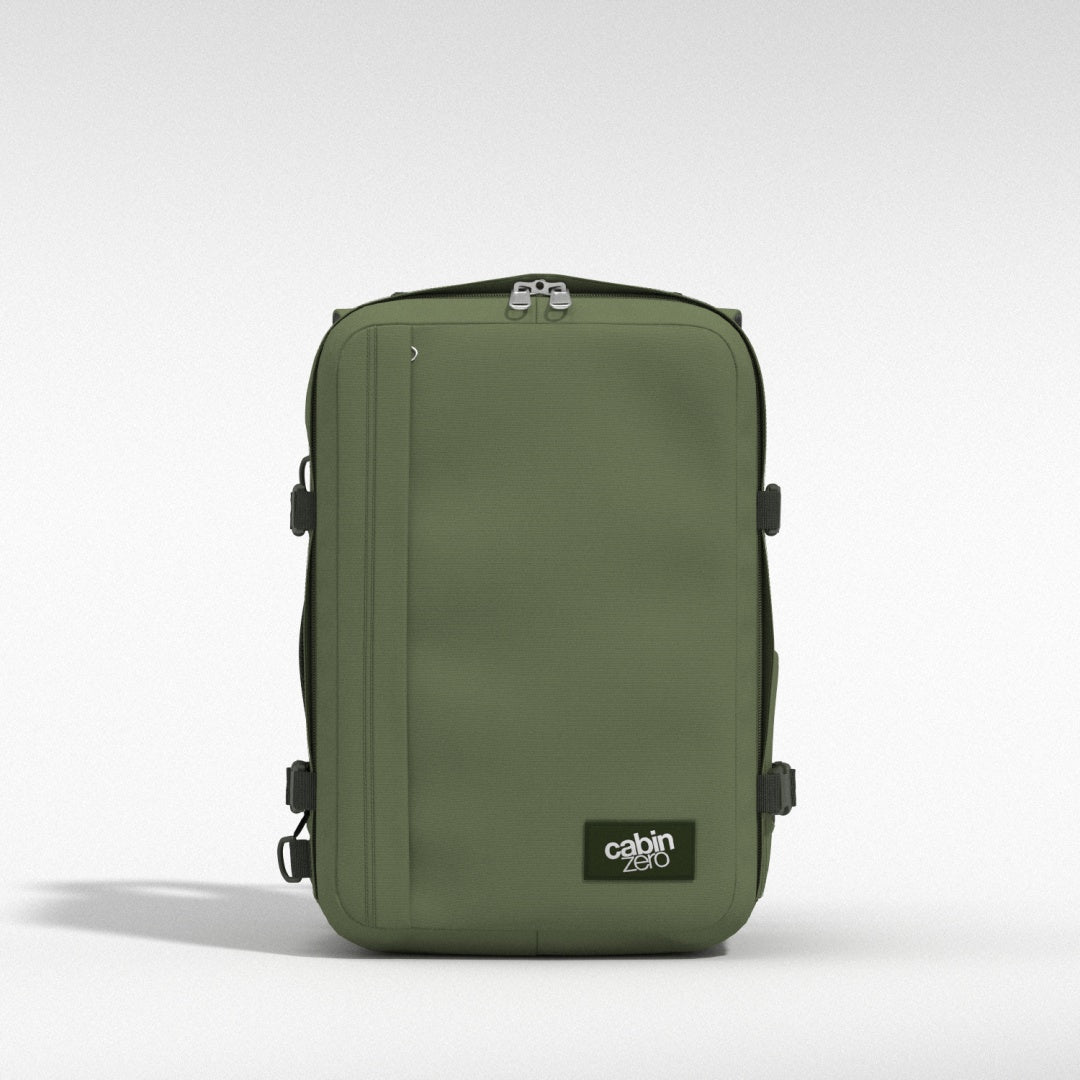

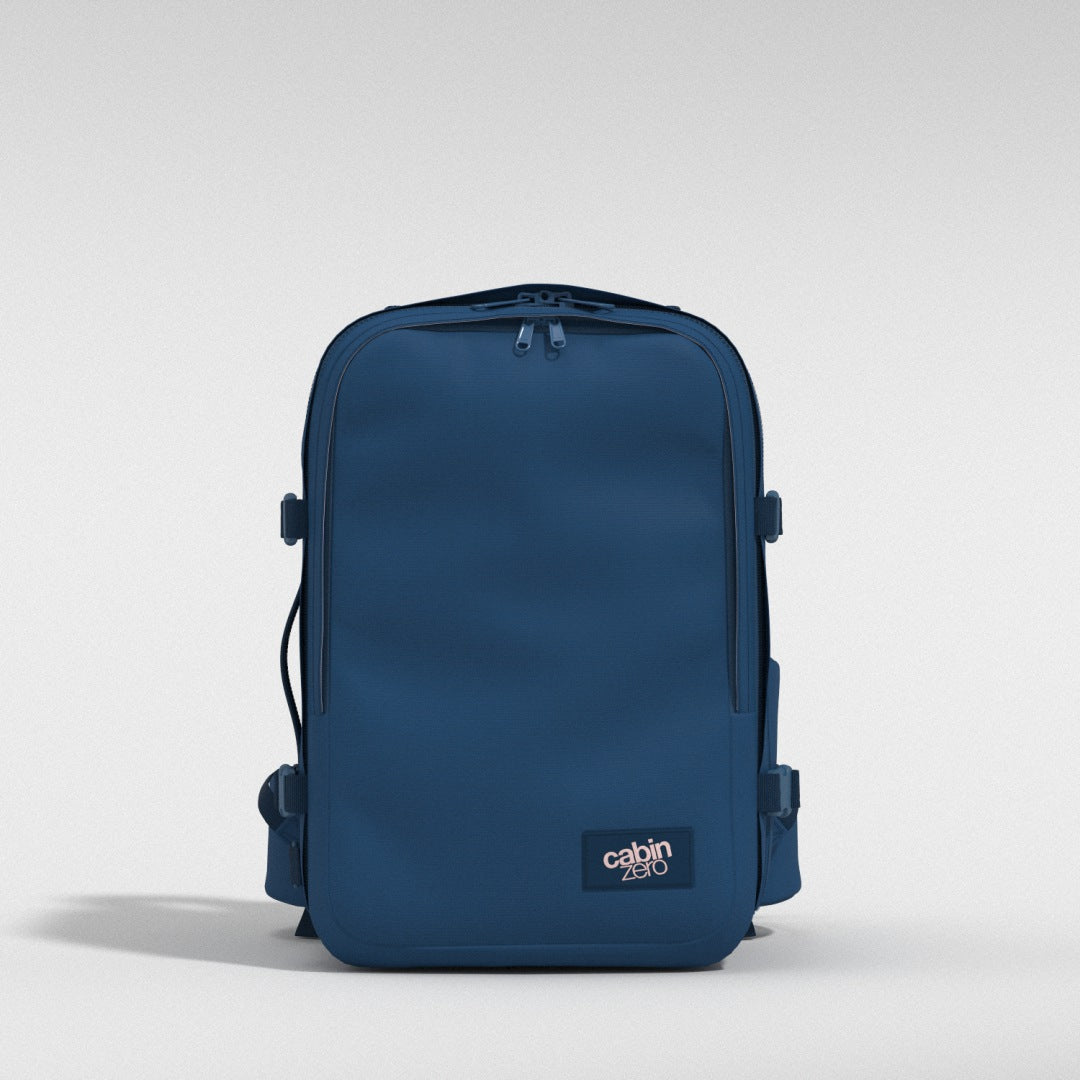




Leave a comment